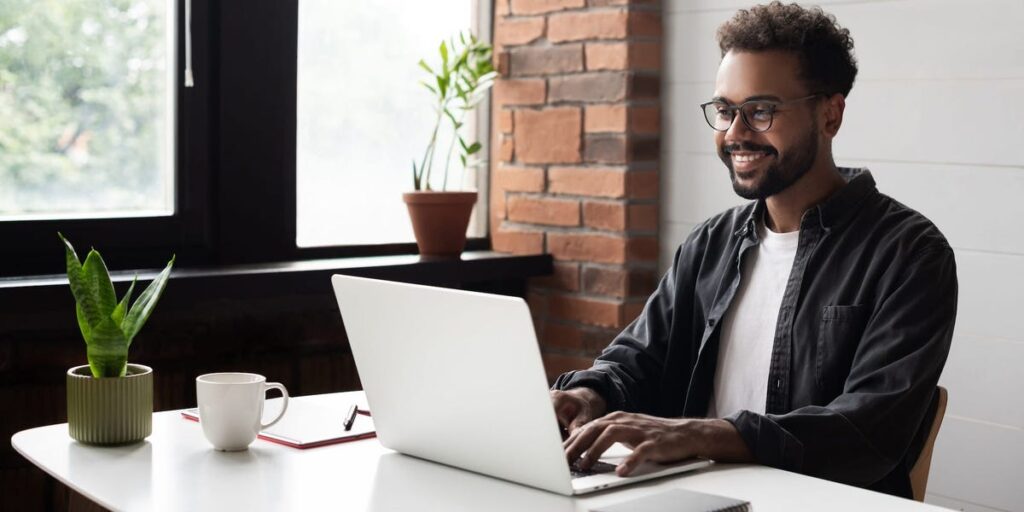According to Laura Mae Martin, executive productivity advisor at Google, not all hours in a day are created equal.
In his book, Uptime: A Practical Guide to Personal Productivity and Happiness, Martin explains that everyone has different periods of high and low energy.
“Some people are night owls, and some people thrive at 5 a.m.,” she says. “It’s just built into our system.”
To uncover these biological clocks, the first question she asks executives in coaching sessions is, “If you had a day tomorrow with no meetings, no interruptions, no set commitments, but you still had a ton of stuff to do, how would you structure your day?”
Their answers varied widely: some clients preferred to work until the early evening after a late lunch, while others preferred to start work at dawn with an afternoon break or workout.
But we all have our “power hours,” which Martin describes as “the two to three hours of our day when we feel most productive.”
Martin suggests keeping a small notepad by your desk for two weeks and writing down times when you felt particularly productive and times when your energy was low.
“Once you understand your general productivity patterns, you can start to mimic your ideal conditions as often as possible,” she said.
Ideally, these Power Hours should be spent on tasks related to your top three priorities, says Martin. If they overlap with other fixed commitments, like mandatory meetings, Martin recommends blocking out Power Hours whenever possible.
“Even just one to three times a week, or even just one of your three power hours, can make a big difference in how much control you have over your work and to-do list,” she says.
Martin said clients have told him that a single change to their schedule made the biggest difference in their overall productivity. In one case, an executive took his lunch break at noon every day, only to discover that it was right in the middle of the time of day when he felt most productive.
“She started eating lunch later and discovered that 12 to 1pm was one of her most productive hours of the day – and she used to spend that time eating lunch!” she said.
But that doesn’t mean you have to work only during your most energetic hours: what Martin calls “off-peak hours” are perfect for other activities, like quick emails or chatting over coffee, or even for more creative endeavors.
She cited research by Marijke Wiess, a psychology professor at Albion College, which showed that people tend to be more creative when they are less focused and more open to a wider range of information.
Martin said knowing your power and off-peak times can help you stay in control and produce better results. It can also help you “allow” yourself low-energy periods and use them for tasks that are more compatible with you, rather than draining you.
“The best way to think about this is to ask yourself, ‘When do I feel like doing this type of task?'” she said. “Put it in there!”



